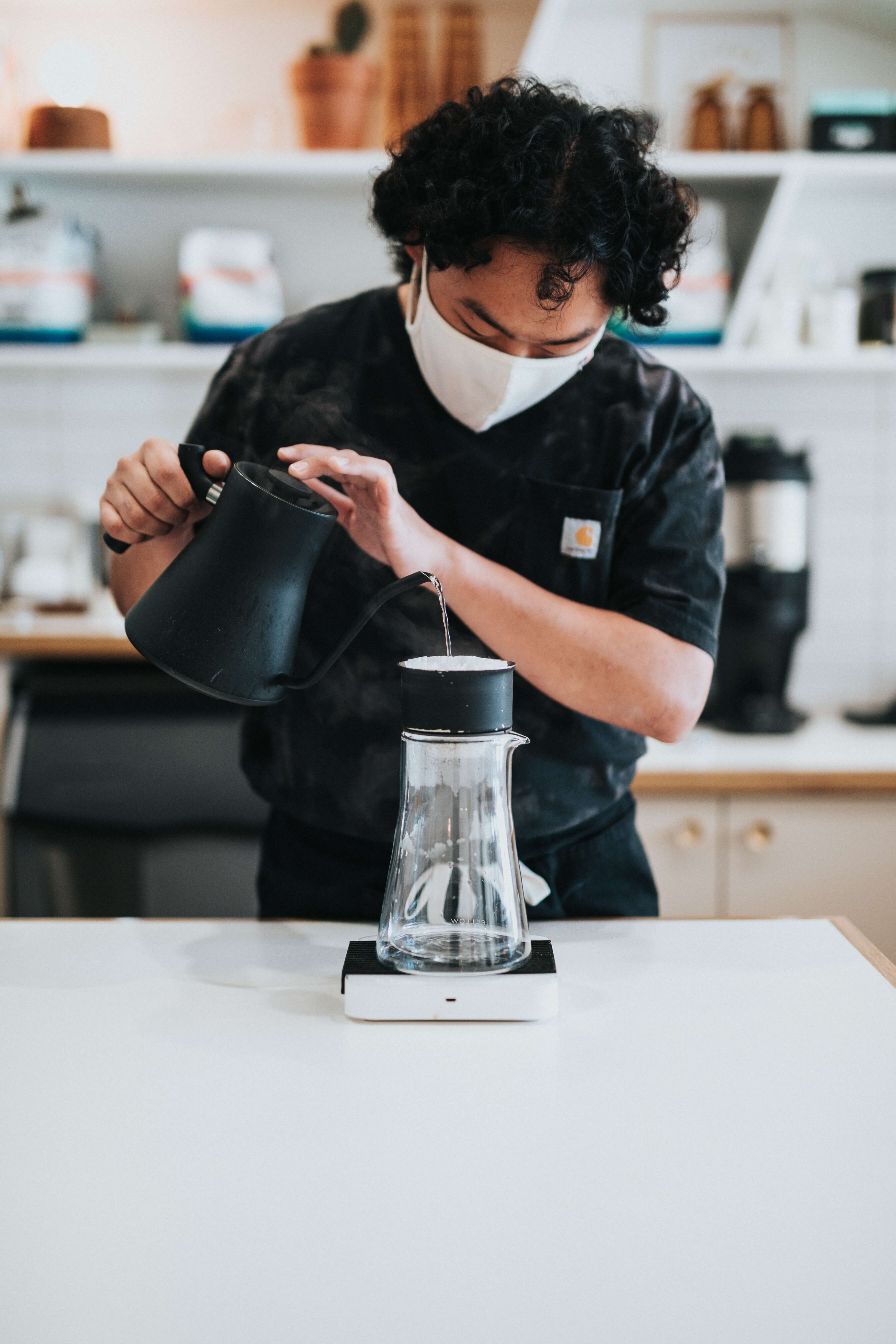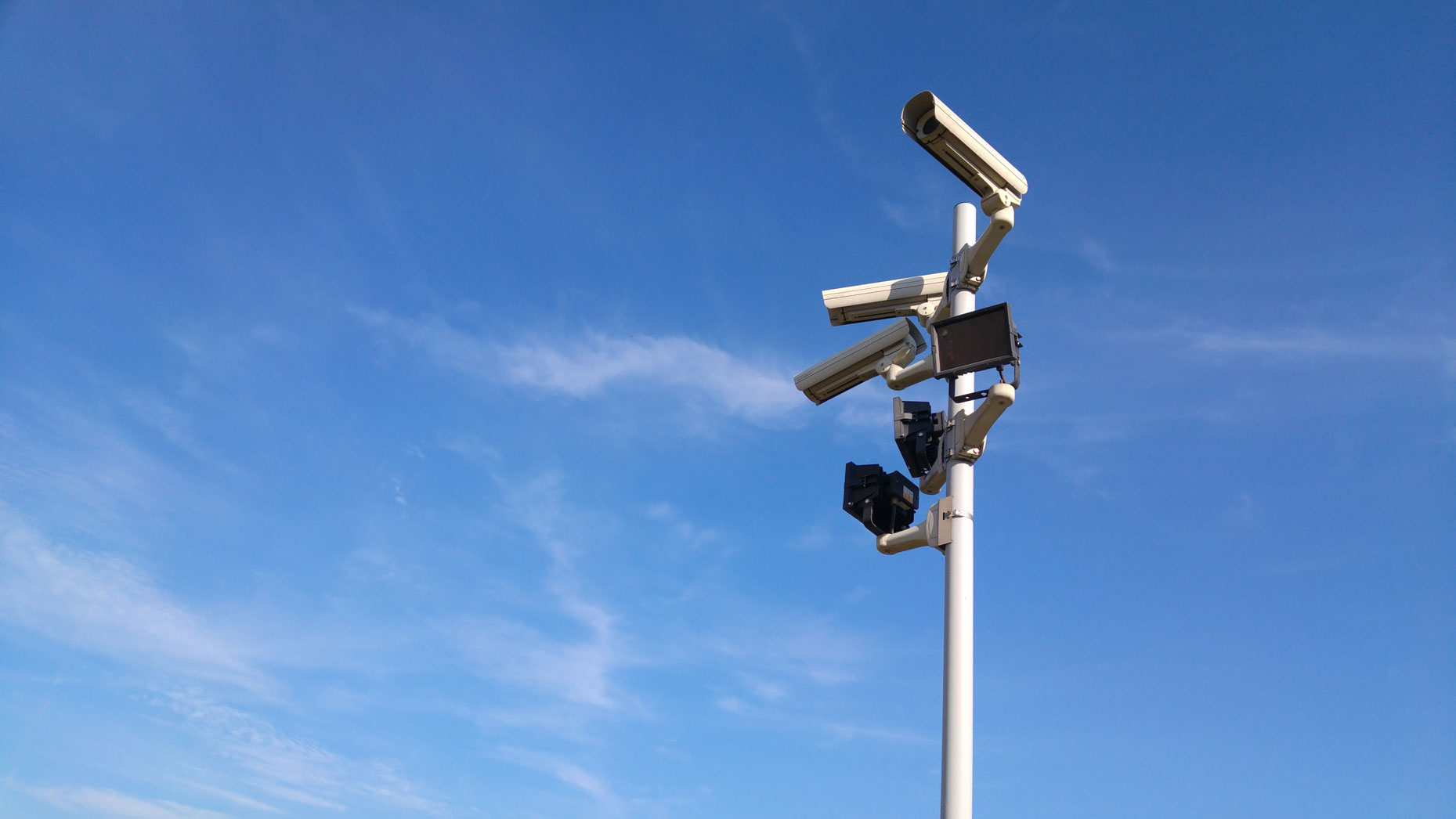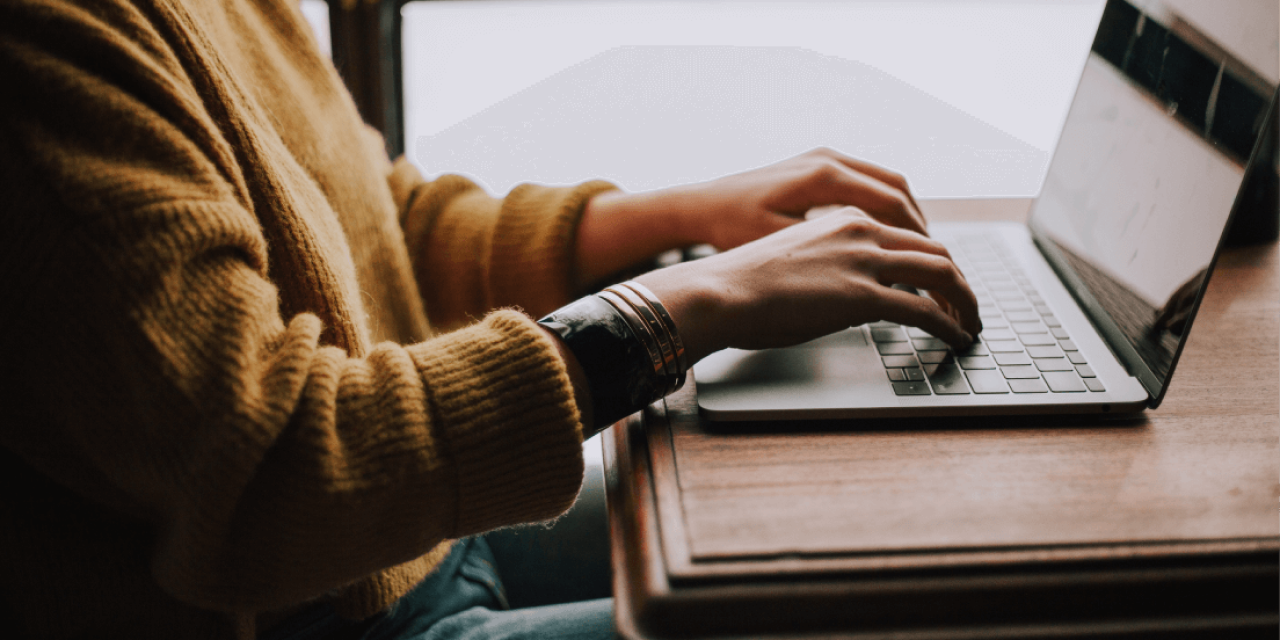 Biometric Innovations for Essential Workers in 2021" />
Biometric Innovations for Essential Workers in 2021" />
It’s strange to think that before the pandemic, the importance of grocery store workers didn’t fully register in our daily lives. Sure, we may have appreciated their light chit chat or when they scanned extra coupons on our behalf.
Now, these workers face the risk of contracting a deadly virus by doing the same job they’ve always done. Their significance is on full display.
Grocers have a new label: essential workers. They and many other critical roles have taken on the heroic status as the backbone of the United States. But there’s a huge contradiction in this newfound perception- many essential workers aren’t getting the workplace safety they deserve.
The consequences for their lack of safety are widespread.
Rebecca Reindel, MPH, MS, director of occupational safety and health at AFL-CIO, describes it this way, “Right now, workplace safety and public safety are so interconnected. If workers aren’t protected, then everyone’s at risk.”
What is Keyo doing about it?
Keyo is a small player in the global fight against the pandemic; we’re not risking our lives on the frontlines or delivering critical aid to people in need. Our role in this effort lies in our innovative abilities, using biometric palm vein scanning technology to create a better world for everyone.
We are hopeful that our current and future biometric authentication devices will enhance worker safety and slow the spread of covid-19.
Our latest product, the Keyo Base, is being used in hospitals as a contactless patient identification device. With this new technology, healthcare workers can safely retrieve patient medical records and do patient check-ins without sharing any touchpoints with the public.
In regards to the future, Keyo has been expanding our current technologies to aid covid-19 responses. In this two-part blog series, we’ve outlined some ways that any company can use palm vein technology to protect essential workers and how we can personally help you in the upcoming months.
Transforming employee management
Changing certain aspects of business operations can benefit everyone by helping create a safety-first culture. The future of work needs innovations that fit seamlessly into covid-19 protocols and safety measures after the pandemic.
Secure your building’s access control points with a contactless, hygienic solution: use palm-vein readers to open doors, elevators, and turnstiles.
Keyo partnered with All Circuits, a global manufacturer specializing in sensor-related solutions for access control and ID management. The Keyo terminal 1.0 controlled the access of personnel at 25 doors, including turnstiles, parking booms, and high-security doors.
Employees entered the building by waving one of their palms over the Keyo terminal device, getting identified in less than 1 second, and then entering the facility. This quick exchange replaced employees having to touch many different surfaces.
Make employee time and attendance more accurate and hygienic by replacing traditional record-keeping with palm-vein readers.
Employees clocked in and out with a wave of their palm over the Keyo device. All Circuits easily integrated their third-party HR software, Clockwise, onto Keyo’s platform.
Challenges solved at All Circuits:
- Potential fraud in time and attendance
- Keeping unauthorized personnel out of the building
- Supported integration with Clockwise
Additional challenges Keyo can solve now:
- Mitigate the spread of the coronavirus and other diseases by taking away common touchpoints: door handles, elevator buttons, or attendance-related operations.
- Avoid operational shutdowns due to the spread of the virus
- Decrease the number of positive cases
Keyo’s forthcoming solutions
Keyo Access is a powerful access control system that uses palm vein biometrics to rapidly unlock doors and control turnstiles, gates, and elevators.
Terminal software:
- TerminalOS
- Access Control
- Enrollment
Devices used:
- Keyo Wall: a 7" capacitive touchscreen that shows rich user feedback during scanning, including time and attendance confirmations, customizable facility messages, and messages controlled by 3rd party software integrations.
- Keyo Insert: our first flush-mounted palm-vein reader. It can be installed separately in a wall next to an entry or exit.
Keyo Access devices are connected to Keyo Smart Controllers via IP in a building’s local network. Each device is powered by standard low-voltage DC wiring. Locks and exit buttons are connected directly to the Keyo Smart Controller.
Keyo Time and Attendance is a biometric solution that allows employees to clock in and out with the wave of their palm.
While we don’t currently offer a Keyo Time & Attendance app, our solution supports third-party software integration( just like we did for Clockwise).
Terminal software:
- TerminalOS
- TerminalOS: Admin tools
- SDK
- Enrollment
Keyo Time and Attendance offers a range of versatile installment options. A company can choose between desktop and mounted devices, depending on where in their facilities they prefer their employees to clock in and out every day.
A quick note: the Keyo Insert can be used in other places besides walls. It can be installed in kiosks, vending machines, or turnstiles as well.
Desktop device options:
- Keyo Base: a free-standing, copper- coated palm-vein reader. Designed to be directly connected via USB cable to a workstation running compatible software.
- Keyo Desk: a 7" capacitive touchscreen with internet connectivity by WiFi and Ethernet. It supports full range audio feedback and is powered via a standard wall adapter.
Mountable device options:
- Keyo Insert
- Keyo Wall
Who benefits from contactless access control?
Any organization that wishes to keep its building secure at all times. Manufacturing facilities, high-rise buildings, labs, or any companies that aren't intended to be accessed by the general public.
Who benefits from contactless time and attendance?
Any organization that relies on its employees to clock in and clock out every day. This could range from restaurants, retail stores, factories, schools, etc.
As you can see, there are many ways to use Keyo’s solutions. We offer mix-and-match devices with powerful, user-friendly software because each company should have the flexibility to use only the components that serve them best.
In part 2, we’ll dive into how contactless payment and ticketing can enhance the safety of essential services and the public.



